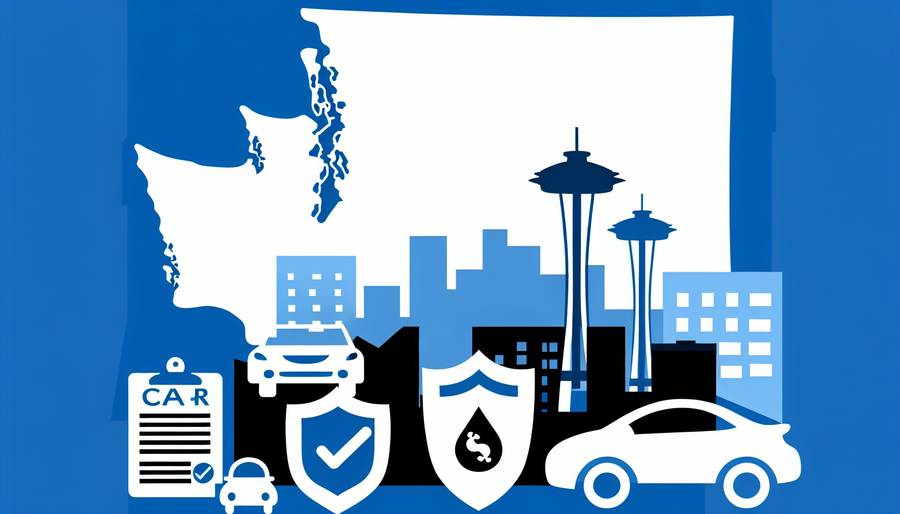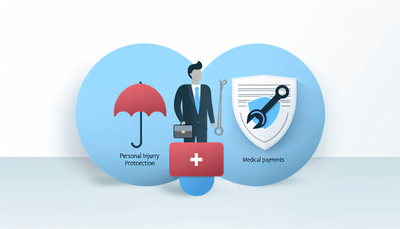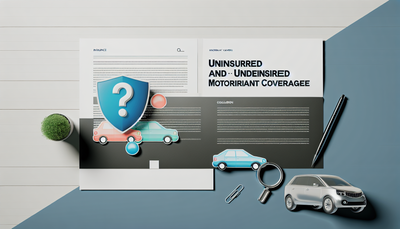Washington State Minimum Car Insurance Requirements Explained

Having car insurance isn’t just a good idea—it’s the law. If you drive in Washington State, understanding the minimum car insurance requirements is essential to staying compliant and protecting yourself financially. In this guide, we’ll break down what coverage you need and why it matters.
Why Car Insurance is Required in Washington
Car insurance helps ensure that drivers can cover the costs of an accident, whether they cause damage to another vehicle, injure someone, or both. Without it, drivers may face hefty out-of-pocket expenses and legal penalties.
Minimum Liability Insurance Requirements in Washington
Washington law mandates that all drivers carry at least the following minimum liability coverage:
- $25,000 for bodily injury per person
- $50,000 for bodily injury per accident (if multiple people are injured)
- $10,000 for property damage per accident
This basic level of insurance is often referred to as 25/50/10 coverage and is designed to help pay for injuries or damages you cause in an accident.
Alternative Proof of Financial Responsibility
Washington allows drivers to provide proof of financial responsibility in ways other than standard liability insurance. These alternatives include:
- A certificate of deposit of at least $60,000 with the Washington State Department of Licensing (DOL)
- A liability bond of at least $60,000 filed with a state-approved surety company
- Self-insurance for owners of 26 or more vehicles
Penalties for Driving Without Insurance
Failing to maintain the required insurance can result in serious consequences, such as:
- A fine of up to $550
- Potential suspension of your vehicle registration
- Personal financial liability for any accident-related costs
To avoid these penalties, always carry proof of insurance while driving.
Why Minimum Coverage May Not Be Enough
Though Washington's minimum requirements help protect against basic accident costs, they may not be sufficient in cases of severe accidents. Here’s why you might consider higher coverage limits or additional policies:
- Medical bills: Serious injuries can quickly exceed the $25,000 per-person limit.
- Vehicle repairs: $10,000 in property damage coverage may not fully replace or repair another driver’s vehicle.
- Legal fees: If an accident results in a lawsuit, minimum coverage may not be enough to protect your finances.
Additional Coverage Options to Consider
To enhance your protection, consider these optional coverages:
- Collision coverage: Pays for damage to your car from an accident.
- Comprehensive coverage: Covers damage from non-collision incidents like theft, vandalism, or natural disasters.
- Uninsured/Underinsured Motorist (UM/UIM) coverage: Protects you if you're hit by a driver without enough insurance.
- Personal Injury Protection (PIP): Helps cover medical expenses regardless of fault.
Final Thoughts
Understanding Washington’s minimum car insurance requirements is crucial for every driver. While meeting the state's minimum liability coverage is mandatory, opting for additional coverage can provide better financial security. By reviewing your policy and considering your risks, you can make informed choices about the right level of protection for you.
Before hitting the road, make sure your insurance meets state requirements—and consider upgrading your coverage for added peace of mind.








